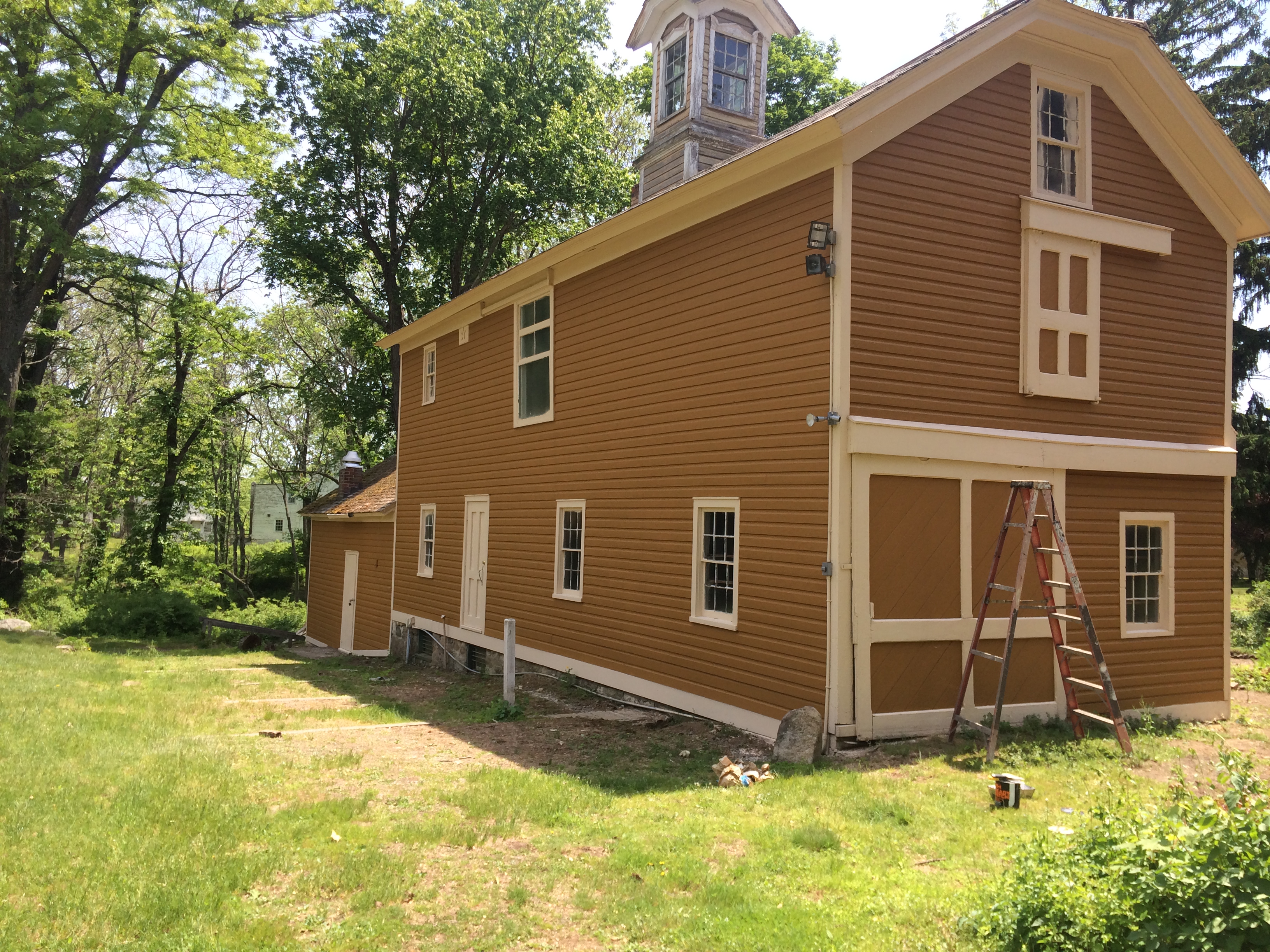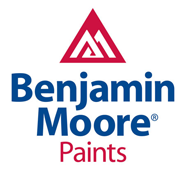Achieving Durability and Perfection in Surface Coatings
A pristine coat of paint is more than just a color; it’s a protective shield that enhances appearance and preserves the integrity of the surface beneath. However, the secret to a high-quality, long-lasting paint job isn’t just in the application—it’s in the meticulous preparation that comes before. For many commercial, industrial, and residential projects, the most effective preparation method is sandblasting and painting. This powerful combination ensures that any new coating adheres perfectly and stands the test of time, providing a finish that is both beautiful and durable.
What is Sandblasting and Why Is It Crucial?
Sandblasting, also known as abrasive blasting, is a surface preparation technique that involves propelling a stream of abrasive material at high velocity against a surface. The goal is to remove contaminants like rust, old paint, grime, and other impurities, leaving behind a clean and profiled surface. This “profile” refers to a fine texture created by the abrasive particles, which acts as an anchor for the new coating. A properly prepared surface ensures maximum adhesion, preventing peeling, blistering, and premature failure of the paint.
At Spectra Painting, we understand that skipping this vital step can compromise even the highest quality paints. For over three decades, we’ve utilized professional sandblasting to prepare surfaces for a wide range of applications, from large-scale commercial painting projects to detailed historic restorations.
The Key Benefits of Professional Sandblasting
Superior Surface Cleaning
Sandblasting is incredibly effective at removing stubborn contaminants that manual scraping or chemical strippers can’t handle. It strips away rust, corrosion, thick layers of old paint, grease, and mill scale, exposing a perfectly clean substrate ready for coating. This level of cleanliness is essential for the longevity of any paint system.
Enhanced Coating Adhesion
The process creates a micro-texture on the surface, increasing its overall surface area. This “anchor profile” gives the primer and paint something to grip onto, creating a much stronger mechanical bond than a smooth, unprepared surface could ever provide. The result is a finish that is significantly more resistant to chipping, peeling, and environmental stress.
Efficiency and Time Savings
Compared to traditional methods like hand sanding or wire brushing, sandblasting is remarkably fast and efficient, especially for large or complex structures. What could take days of manual labor can often be accomplished in a matter of hours, minimizing downtime for businesses and accelerating project timelines.
Choosing the Right Abrasive Media for the Job
The term “sandblasting” is a bit of a misnomer, as a wide variety of abrasive media can be used depending on the substrate and the desired finish. Selecting the appropriate media is critical to achieving the right surface profile without damaging the material.
| Abrasive Media | Common Applications | Key Characteristics |
|---|---|---|
| Steel Grit & Shot | Heavy-duty rust and paint removal from steel structures, industrial equipment. | Highly aggressive and recyclable. Excellent for creating a deep anchor profile. |
| Aluminum Oxide | Surface preparation for high-performance coatings, etching glass, and cleaning engine parts. | Sharp, fast-cutting, and reusable. Suited for harder metals. |
| Glass Beads | Cleaning, deburring, and creating a satin or matte finish on delicate parts like aluminum or stainless steel. | Less aggressive, produces a smooth, bright finish. Recyclable and chemically inert. |
| Walnut Shells | Cleaning soft metals, fiberglass, wood, and plastics without causing damage. | Organic, biodegradable, and non-abrasive. Ideal for delicate surfaces. |
Local Expertise in Red Bank, New Jersey
For businesses and homeowners in Red Bank, New Jersey, finding a reliable contractor with deep experience in surface preparation is key. The diverse architecture, from historic storefronts to modern commercial buildings, demands a tailored approach. Whether it’s restoring the ironwork on a historic building or preparing a commercial steel structure for a resilient industrial coating, the right technique makes all the difference. Spectra Painting has been serving New Jersey since 1989, bringing unparalleled expertise in both sandblasting and high-performance painting to communities like Red Bank. We understand the local climate challenges and select coating systems designed to withstand them.
Ready for a Flawless, Lasting Finish?
Don’t let poor surface preparation compromise your investment. Trust the experts at Spectra Painting to lay the perfect foundation for your painting project. Our professional sandblasting and painting services ensure superior results that protect your property for years to come.
Frequently Asked Questions
Is sandblasting safe for all surfaces?
No, sandblasting is not suitable for every surface. The pressure and abrasive media must be carefully selected to avoid damage. Softer materials like wood or plastic require gentler media, such as walnut shells or plastic beads. Our experts assess each surface to determine the safest and most effective preparation method.
What happens after the surface is sandblasted?
Immediately after blasting, the surface is cleaned of all residual abrasive material. A primer should be applied as soon as possible, especially on steel, to prevent flash rusting and ensure a strong bond for the topcoat. The final paint system is then applied according to manufacturer specifications.
Is sandblasting environmentally friendly?
Sandblasting can be an environmentally friendly option compared to chemical stripping, which often involves hazardous materials. Many modern abrasive media, like crushed glass or walnut shells, are recycled or biodegradable. We also use containment and dust collection systems to minimize environmental impact.
How long does a sandblasted and painted surface last?
While the lifespan depends on the coating system used and environmental factors, a surface that has been properly sandblasted and painted will last significantly longer than one that was not. The superior adhesion prevents premature failures, often extending the life of the coating by many years.
Glossary of Terms
Abrasive Media: The granular material propelled against a surface during blasting. Examples include steel grit, glass beads, and walnut shells.
Anchor Profile: The series of small peaks and valleys created on a surface by abrasive blasting, which promotes coating adhesion.
Flash Rusting: The rapid formation of a light layer of rust on a steel surface after it has been blasted and exposed to humidity.
Mill Scale: A flaky surface of iron oxides that forms on hot-rolled steel. It must be removed before painting to prevent the coating from flaking off.
Substrate: The underlying material or surface that is being prepared and coated.






